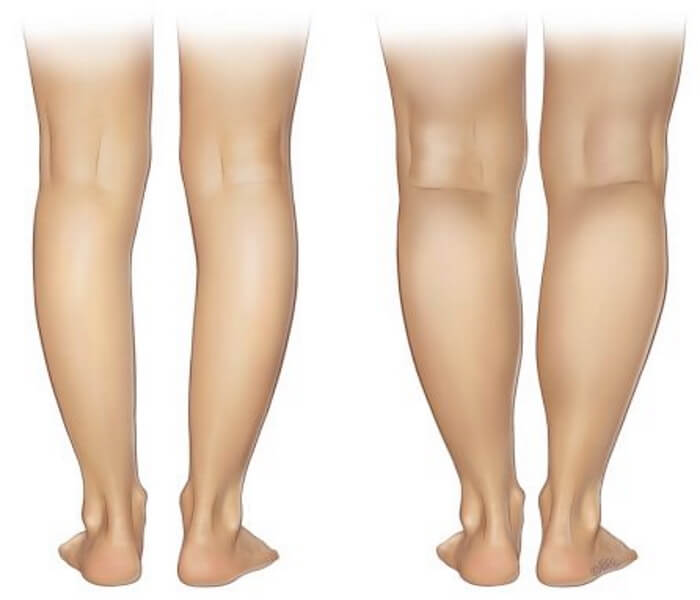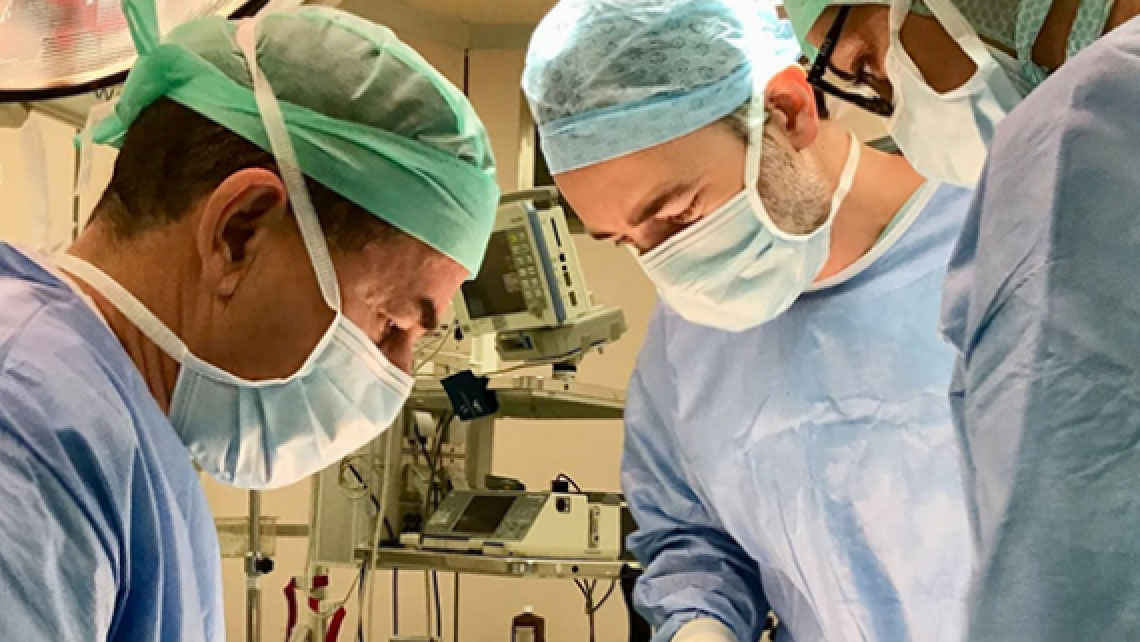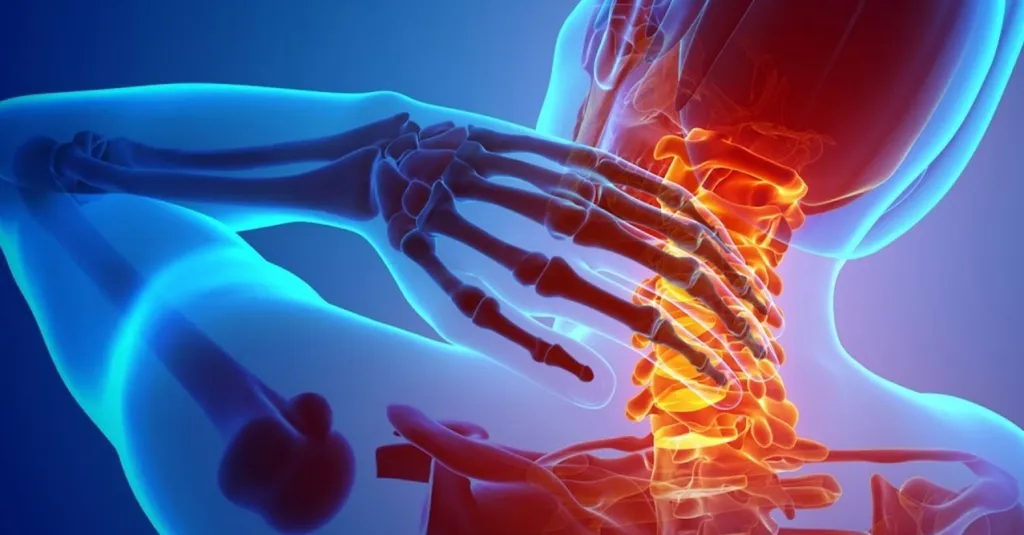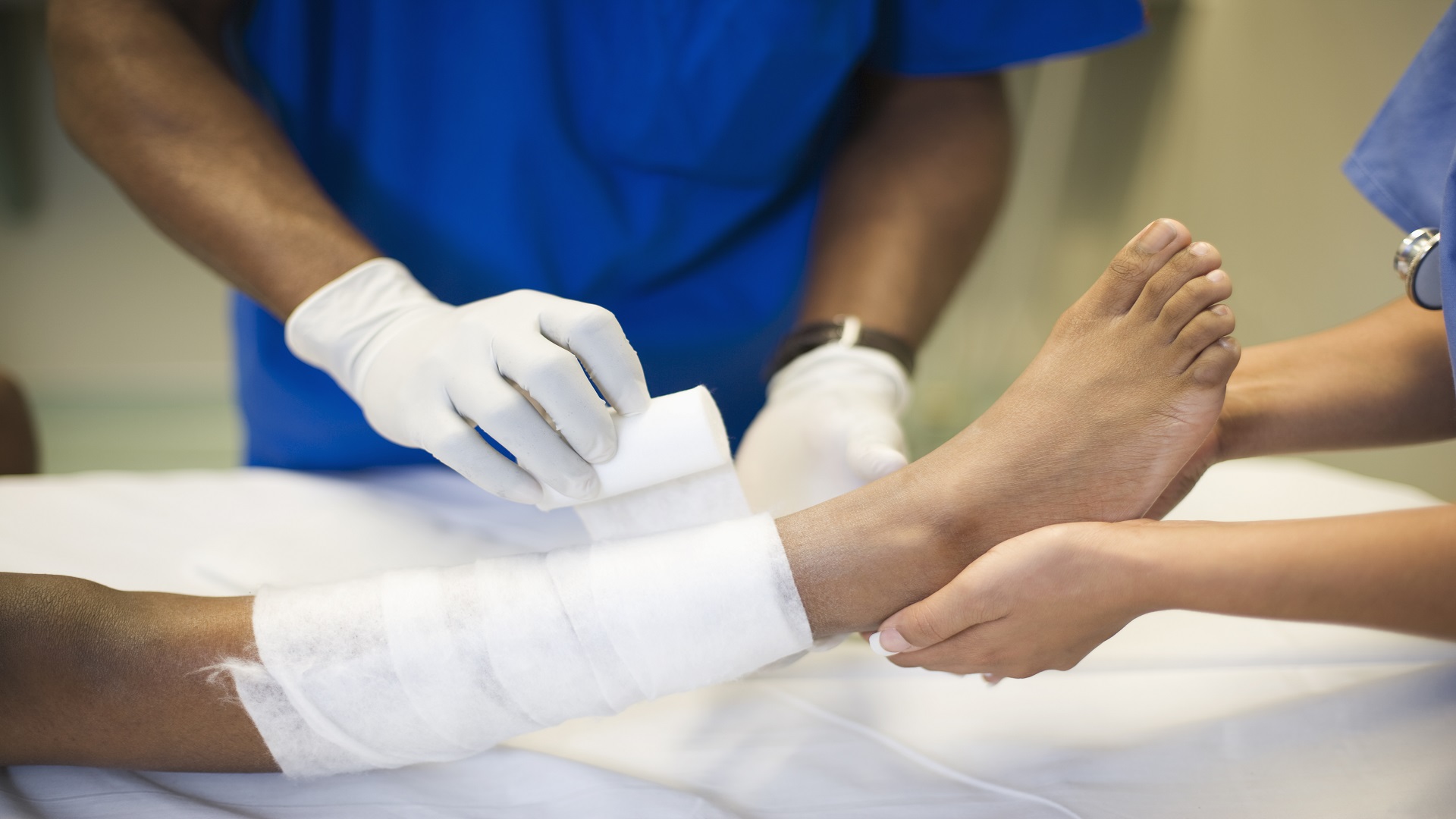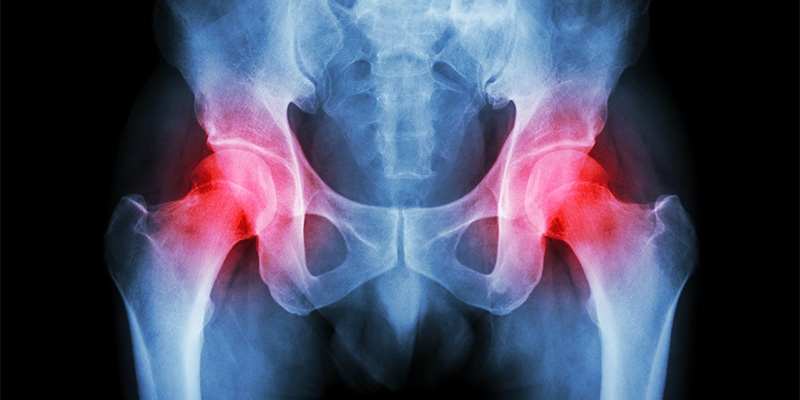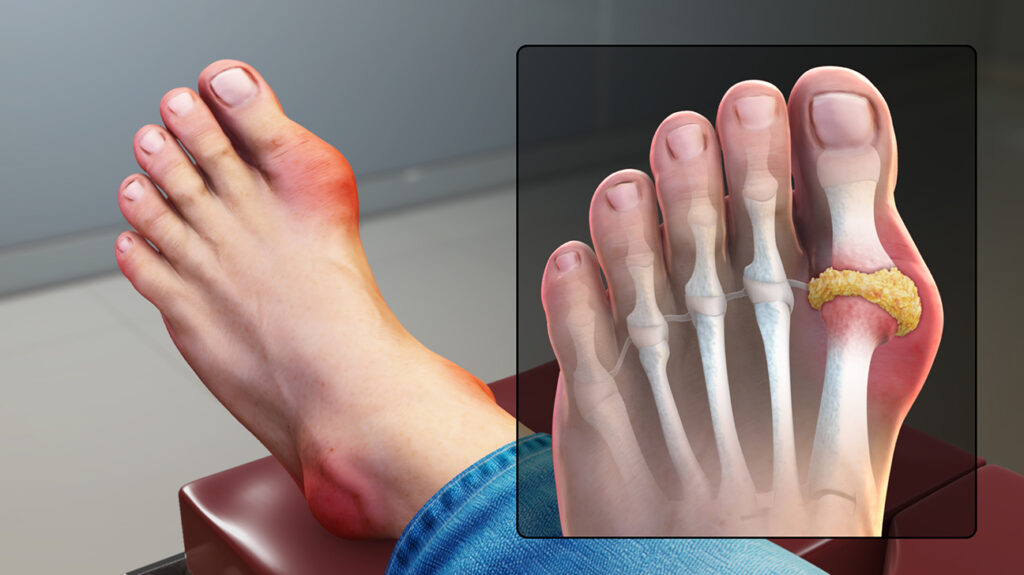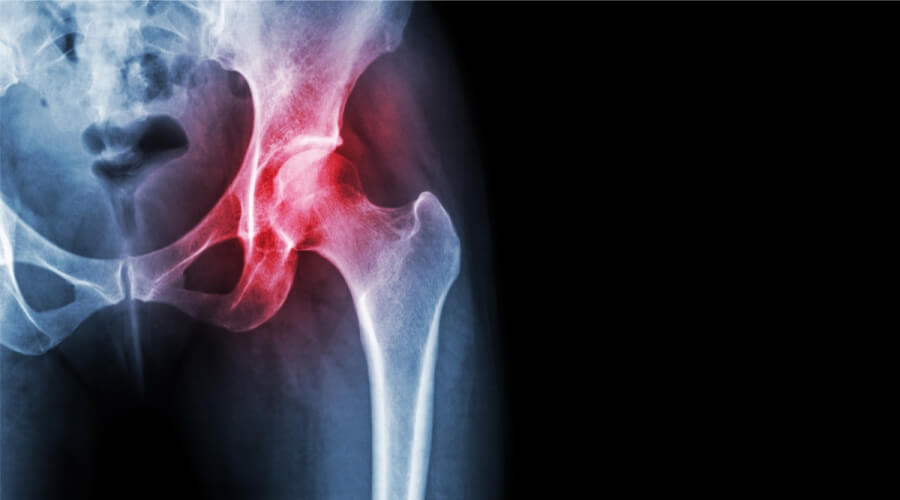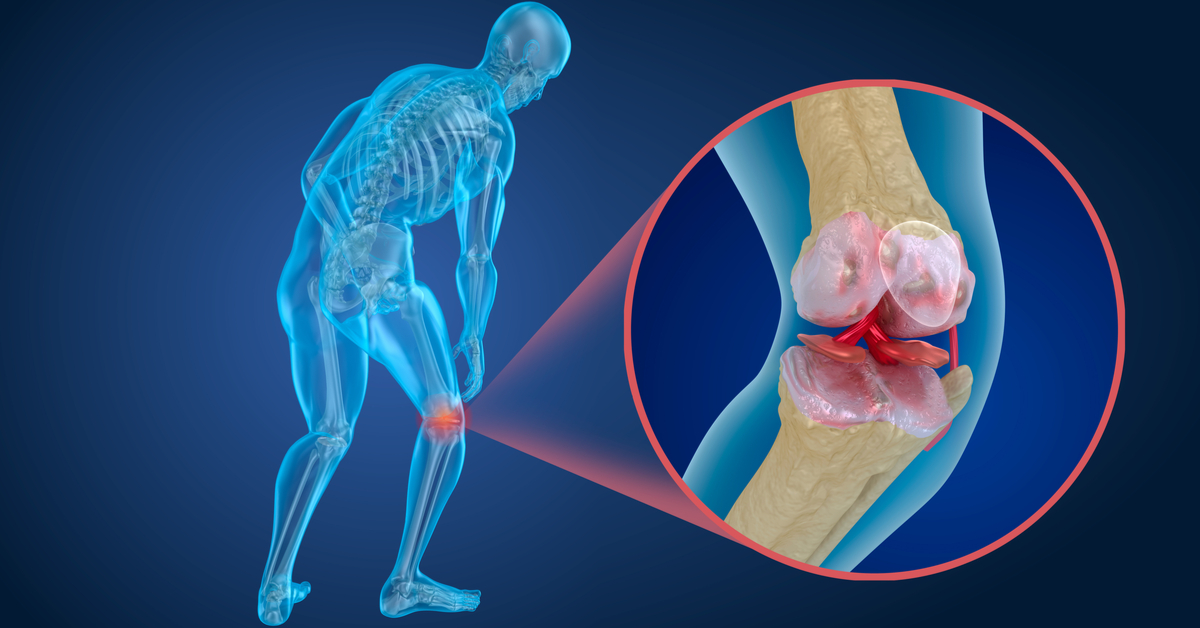Information about the Best ACL Specialist and Different Types of Injuries!
ACL Specialist, the Cruciate Ligament, is one of the four ligaments in the knee responsible for stabilizing the knee joint during movement and walking. When the cruciate ligament is torn or ruptured, it affects the knee joint’s stability. The treatment of these issues falls under the expertise of an orthopedic specialist specializing in cruciate ligament injuries. In the following article, a comprehensive explanation of injury cases and treatment methods is provided.
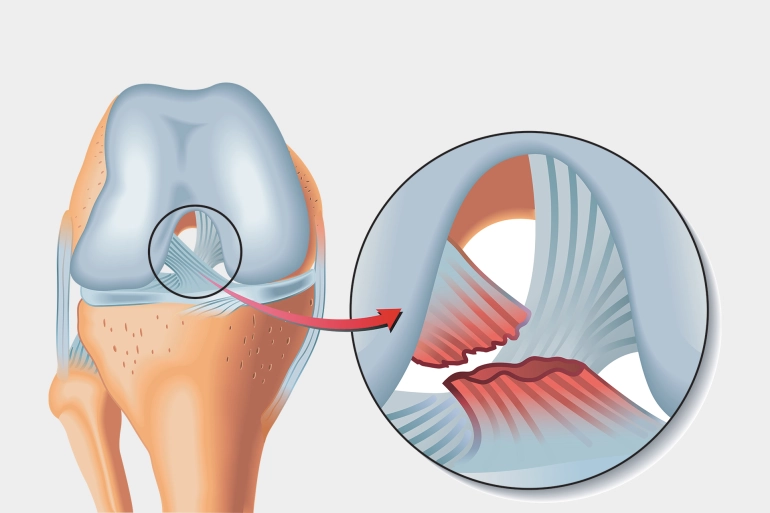
Cruciate Ligament Specialist
The knee joint is one of the largest and strongest joints in the body, capable of bearing several times the body’s weight when under pressure. It plays a crucial role in facilitating smooth and pain-free movement as long as there is no injury or damage to the knee. If you would like to learn about the cost of knee joint replacement surgery, click here.
A cruciate ligament specialist, or an orthopedic doctor specializing in cruciate ligament issues, is your safe source for treating and diagnosing cruciate ligament problems in the knee. Dr. Amr Amal is always available to you in case of cruciate ligament injuries. All you need to do now is contact his clinic and schedule an appointment with the best cruciate ligament specialist in Egypt.
Cruciate Ligament Injuries
The anatomy of the knee shows that it consists of two bones lined with knee cartilage, which acts as a flexible layer that facilitates bone movement. The knee also contains several ligaments that connect the thigh bones to the shin bones, making knee and leg movement easier. In addition to that, there are many tendons and nerves, each with its role in knee movement.
There are various types of injuries that can occur to the knee and affect its movement. One of the well-known injuries is cruciate ligament injury, whether it involves tearing or rupturing. There are two types of cruciate ligaments, anterior and posterior, with injuries more commonly occurring in the anterior ligament, while the posterior is less prone to injury.
A cruciate ligament injury directly impacts the knee’s stability and function, making movement difficult, and in some cases, individuals may lose control over their knee’s movement altogether. Cruciate ligament injuries typically result from strong and excessive pressure on the knee, such as direct falls or forceful collisions, among other factors that can lead to knee problems.
Types of Cruciate Ligament Injuries
Tearing of the anterior or posterior cruciate ligament directly affects the knee’s movement and stability, potentially causing the affected person to be unable to perform their normal functions. During a medical examination, the doctor will identify the type of cruciate ligament injury and assess the extent of damage to the ligaments and whether the injury has affected the knee’s cartilage.
There are several types of cruciate ligament injuries in the knee:
- Grade 1 Injury: Grade 1 cruciate ligament injury is the mildest type and involves stretching of the ligament, causing it to become overly extended.
- Grade 2 Injury: In a grade 2 injury, there is partial tearing of the ligament tissues, but it doesn’t completely rupture.
- Grade 3 Injury: Grade 3 cruciate ligament injury is the most severe, involving a complete rupture of the ligament, significantly reducing knee stability and affecting knee movement.
Choosing a specialized doctor for cruciate ligament injuries is a crucial step in the treatment process, and Dr. Amr Amal, the renowned orthopedic specialist, is always there to guide you through the stages of cruciate ligament injury treatment until full recovery.
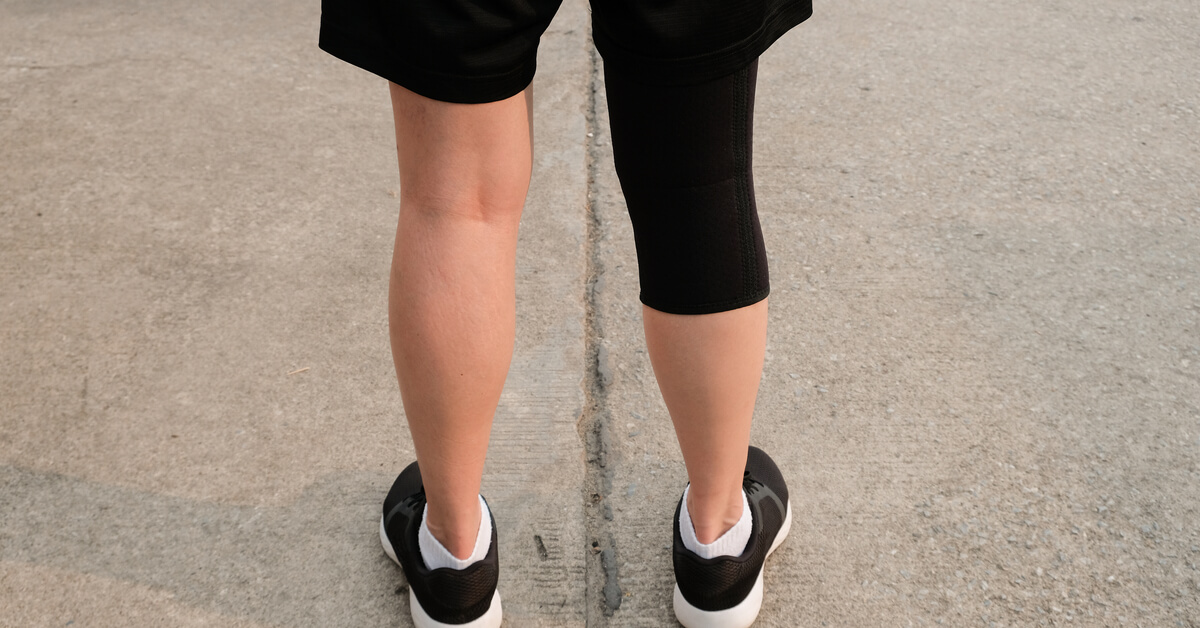
How Do I Know If I Have a Cruciate Ligament Injury?
A person can identify a cruciate ligament injury based on the symptoms or signs that begin to appear, either immediately after the injury or later, depending on the extent of damage to the cruciate ligament. Some common symptoms may include:
Swelling in the knee. Severe and persistent pain. Feeling of instability in the knee. Inability to control the knee. Discomfort while walking or bending the knee.
For more details on the main symptoms of lateral cruciate ligament injuries, you can read this article.
What Are the Causes of Cruciate Ligament Injury?
A person can sustain a cruciate ligament injury due to various reasons that lead to tearing or rupturing of the cruciate ligament, consequently affecting the knee’s movement in general. Some of the causes of cruciate ligament injury include:
- Direct Impact: A person may suffer a cruciate ligament injury after a direct fall onto a hard surface.
- Rapid Change in Movement: Swift changes in movement direction can also lead to injury.
- Abrupt Running and Stopping: Running quickly and suddenly coming to a stop can put stress on the ligament.
- Collisions: Collisions between individuals, which are common among athletes.
Cruciate ligament issues or injuries usually affect athletes, impacting their ability to regain their physical activity. However, there are various methods for treating cruciate ligament injuries, which you can find with Dr. Amr Amal. After your specialized treatment program, you can return to sports activities normally.
How Is Cruciate Ligament Diagnosed?
The doctor diagnoses the condition by reviewing the patient’s complete medical history and performing a physical examination, focusing on the injured knee and comparing it to the healthy one. Most ligament injuries can be diagnosed through a physical examination, but other methods can be used to confirm the diagnosis, such as:
- X-rays: These are used to check for bone fractures near the injury, but they do not reveal ligament injuries.
- Magnetic Resonance Imaging (MRI): This technology provides clear images of soft tissues like the cruciate ligament. However, a diagnosis may not always require this technique.
Can Cruciate Ligament Injuries Be Healed?
A cruciate ligament injury can be treated effectively through a suitable rehabilitation program designed to improve the patient’s condition and address the ligament tear or rupture. The treating physician conducts necessary medical tests and imaging to assess the ligament’s condition and determine the appropriate treatment method based on the individual’s situation.

Can Cruciate Ligament Injuries Be Treated Non-Surgically?
Patients who have suffered a partial cruciate ligament injury can undergo non-surgical treatment methods to help them recover without the need for surgery. Non-surgical treatment includes several steps aimed at improving the patient’s condition without affecting the ligament. The steps for non-surgical treatment of cruciate ligament injury are as follows:
- The patient begins with an extended period of rest.
- Cold compresses are applied to the knee to reduce swelling.
- Elevating the leg above heart level helps reduce swelling.
- A knee brace may be used to support the knee.
- Starting a rehabilitation program involving physical therapy and exercises to strengthen muscles and aid in ligament healing.
It is crucial for both surgical and non-surgical treatments to be supervised by medical professionals to ensure the patient achieves timely recovery without experiencing complications related to cruciate ligament injuries.
When Should ACL Surgery Be Performed?
While anterior cruciate ligament (ACL) injuries can sometimes be treated without surgery, especially if it’s a partial tear, surgical intervention is necessary in several cases, including:
- Athletes who want to return to sports at their normal level.
- When the knee injury is classified as a Grade 3, severely affecting the patient’s mobility.
- When a non-surgical approach has been attempted but yielded unsatisfactory results.
- If the patient has experienced additional knee complications due to the ACL injury.
Your orthopedic doctor will conduct various examinations, X-rays, and magnetic resonance imaging (MRI) to determine the best course of action for your ACL issue and assess how the injury has affected other parts of your knee. Dr. Amr Amal is the best choice for such assessments.
Preoperative Tips for ACL Surgery
Preparation is crucial before undergoing ACL surgery to maximize the procedure’s success rate. Patients may need to follow specific steps, including:
- A thorough medical evaluation to assess the patient’s condition and the state of the knee.
- Reviewing the patient’s regular medication to evaluate their impact before the surgery.
- The doctor may prescribe antibiotics before the surgery to minimize the risk of infection.
- Discussing the effects of anesthesia on the patient before the surgery.
- Patients should refrain from eating for about 12 hours before surgery if they will be under general anesthesia.
- Smoking cessation for at least 15 days before the procedure.
Patients should discuss all the details of their ACL surgery with their doctor to ensure they feel more comfortable about the procedure. Psychological well-being also plays a role in the patient’s recovery and achieving a quicker return to normal activities.
ACL Surgery
Arthroscopic ACL surgery is considered a beneficial procedure that helps individuals regain the full mobility of their knee. It is one of the best surgical options as it minimizes tissue damage, facilitating a swift recovery for patients with ACL injuries.
The steps for arthroscopic ACL surgery typically involve:
- Starting with anesthesia, usually general anesthesia for the patient’s comfort.
- The surgeon creates small incisions in the knee to insert the arthroscope.
- A tube is placed to facilitate arthroscope insertion and enable the surgeon to assess the ACL tear.
- The surgeon uses precision medical instruments through the incisions to address the ACL tear.
- After completing the surgery, the instruments and arthroscope are removed, and the incisions are sterilized and covered with medical dressings.
- The patient then goes to the recovery room to monitor their health and vital signs post-surgery.”
Please note that specific medical advice should be sought from a healthcare professional, as the information provided here is for general informational purposes only.
After ACL Surgery
Following ACL surgery, patients need to be aware of the guidelines or instructions they should follow post-surgery. These instructions help patients regain their mobility quickly, feel comfortable after the surgery, and avoid complications.
Some of the post-ACL surgery tips provided by Dr. Amr Amal include:
- Gradual and controlled movement and use of the knee immediately after surgery may be necessary.
- Continue taking prescribed medications and supplements as recommended by the treating physician.
- Start a rehabilitation program with a physical therapist to improve foot movement and facilitate a speedy recovery.
- Engage in low-intensity exercises initially, gradually increasing the intensity over time.
- Elevate the leg as much as possible to reduce swelling.
- Maintain a proper diet to aid in faster recovery.
- Care for medical dressings and keep them clean to prevent infection.
- Use ice packs on the knee to reduce the risk of swelling.
- Ensure adequate rest, especially during sleep, to support faster healing.

Success Rate of ACL Surgery in Egypt
ACL surgeries have gained significant popularity, especially in the sports community. In Egypt, ACL surgery has achieved a success rate of over 90%. Patients can typically return to their normal activities without the need for extended recovery time.
However, the success of ACL surgery depends on various factors, including the surgeon’s skill and experience in the field. To avoid any uncertainty, Dr. Amr Amal is recommended as one of the best doctors for ACL injury treatment.
Best ACL Surgeon in Egypt
Dr. Amr Amal is a renowned name in the field of ACL injury treatment and surgery. He possesses extensive experience in treating and performing surgery for ACL injuries. When you visit his clinic, you can be assured that you will have access to all the modern techniques that make the recovery process smoother.
Dr. Amr Amal provides a comprehensive treatment plan to improve your ACL injury. This plan is tailored to your specific condition after a thorough medical examination, ensuring you receive the most suitable treatment. Therefore, all you need to do now is schedule an appointment with Dr. Amr Amal, the best ACL surgeon in Egypt.
How Long Does ACL Surgery Take?
ACL surgery is one of the medical procedures that help improve knee conditions and enable individuals to regain their ability to participate in sports, walking, and other daily activities more easily than before.
ACL surgery typically takes between 90 to 120 minutes to complete. The duration depends on the patient’s condition, the extent of ACL damage, and any additional factors related to the injury. After the surgery, the patient is brought to the recovery room to ensure their overall health. They usually remain in the hospital for 24 hours post-surgery.
How Many Physical Therapy Sessions Are Needed After ACL Surgery?
The number of physical therapy sessions required after ACL surgery can vary depending on the patient’s post-surgery condition. These sessions are usually gradual, with patients initially needing 5 to 6 sessions per week. Over time, as the patient’s condition improves, the number of sessions decreases. Medical follow-up after surgery plays a crucial role in speeding up the recovery process.
Exercises After ACL Surgery
Engaging in physical exercises after ACL surgery is essential for the knee to regain strength and for the muscles to be able to support some of the body’s weight, reducing pressure on the ligaments until full recovery. These exercises should be performed under the supervision of a specialized physician until the patient can do them independently.
Here are some exercises that can help a person regain mobility after ACL surgery:
- Straight Leg Raises: Begin by lying on your back and gradually lift your leg as high as possible for a few seconds before lowering it back down. Repeat this exercise 10 times each session.
- Heel Slides: This exercise helps restore natural movement. Start by lying on your back with your knees bent toward your chest. Slowly move your heel in a circular motion, maintaining this position for 10 seconds, and then return your leg to its original position. Repeat this exercise 20 times daily.
How Much Does ACL Surgery Cost in Egypt?
One of the questions that concerns individuals undergoing ACL surgery is the cost of the procedure and the factors that determine it. The prices for ACL surgery in Egypt typically range from 35,000 to 65,000 Egyptian pounds. The cost of ACL surgery depends on several factors, including pre-surgery procedures and the experience of the treating physician.
At Dr. Amr Amal’s clinic, you can receive ACL surgery that improves the patient’s condition at reasonable prices. In addition to the surgery, you will also receive regular care and follow-up from Dr. Amr after the procedure.
Can You Bend Your Knee After ACL Surgery?
After ACL surgery, it may take some time for the patient to return to their normal activities. Typically, the rehabilitation program for the patient begins immediately after the surgery, which helps improve their condition more quickly. The patient can start bending their knee a few weeks after the surgery to avoid affecting the ligaments and to promote a faster recovery.


